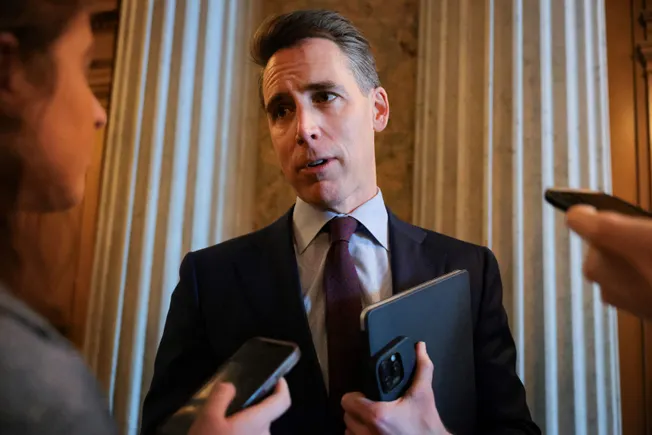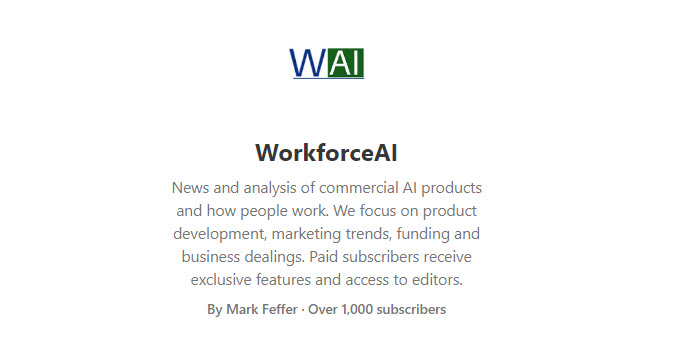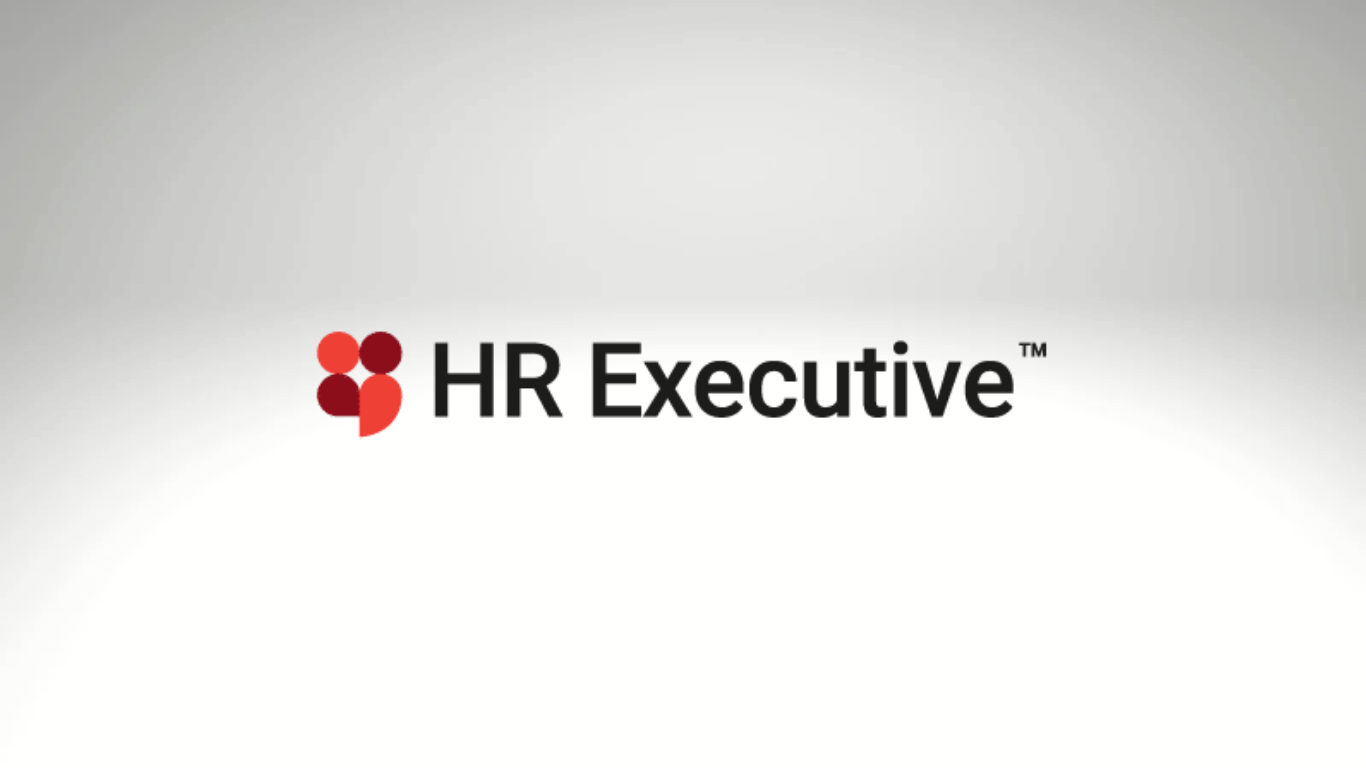Earlier this year, Condé Nast announced that its publication Teen Vogue would be folded into Vogue.com, a move the company said would “fortify the Vogue ecosystem” while preserving Teen Vogue’s editorial identity. But the transition quickly escalated and became volatile following layoffs, sparking employee unrest and a viral video featuring the company’s head of HR.
What happened at Condé Nast?
Six unionized Teen Vogue staffers were laid off last week. In response, multiple employees gathered outside Chief People Officer Stan Duncan’s office, demanding to speak with him. A video of the confrontation—during which Duncan repeatedly asked employees to return to their “workplaces”—was widely shared online. Days later, Condé Nast fired four of these employees and suspended five others, citing “gross misconduct.”
See also: Trust in leadership: What HR can learn and fix after the kiss cam scandal
5 communication principles for HR in tricky times
Few HR leaders want to be in Duncan’s shoes, and while no one is ever fully prepared for an escalated moment, communication principles remain a powerful HR tool. As the authors of communication platform Axios HQ’s 2025 State of Internal Communications note, “While 80% of leaders believe their communications are clear and engaging, only 50% of employees agree.” (This statement was wholly unrelated to Condé Nast or any specific situation.)
This misalignment can be a real issue: Leaders think they’re doing enough, while employees still feel left out of the loop. The Condé Nast incident shows how this disconnect can escalate under pressure.
Here are five communication reminders HR leaders can use to avoid similar outcomes.
Transparency builds trust
Nearly three-fourths of leaders and an even larger percentage of workers say that an increasing focus on “trust and transparency in the relationship between workers and the organization” is very or critically important, according to Deloitte’s 2024 Global Human Capital Trends report.
HR tip: Share the “why” behind decisions early. If full disclosure isn’t possible, explain what you can and why. Use consistent formats and channels to reinforce clarity.
Engagement requires dialogue
Thirty percent of employees say a lack of honest communication would make them leave a job, according to research from employee engagement platform Reward Gateway. Additionally, 36% of employees want the opportunity to provide feedback to their employer, according to a report from Axios HQ.
HR tip: Create structured spaces for two-way communication: listening sessions, anonymous Q&As or union consultations. Avoiding hard conversations only makes them louder.
Managers are the message
While executive and HR leaders are likely building strategy, many employees actually look closer to home for communication. Reward Gateway found that around half of employees feel listened to by their managers, with nearly half reporting that this relationship matters more to them than a 10% raise.
HR tip: Train managers in active listening and message framing. Equip them with talking points and hold them accountable for communication quality.
Communicate to save money
Ineffective communication costs companies up to $10,140 per employee per year, according to Axios HQ’s annual research. This amount stems from hundreds of lost working hours—employees spend time searching for information or clarifying details rather than focusing on their core responsibilities.
HR tip: Train HR leaders in media literacy and crisis response, and make consistent, clear communication a top business priority.
Empathy drives performance
Employees show a 43% increase in effectiveness when they feel appreciated, according to Reward Gateway. Eighty percent say they feel more appreciated when communication matches their preferences.
HR tip: Communicate with compassion. Acknowledge the human impact of change. Offer support, not just severance. Recognition and tone matter as much as content.





















